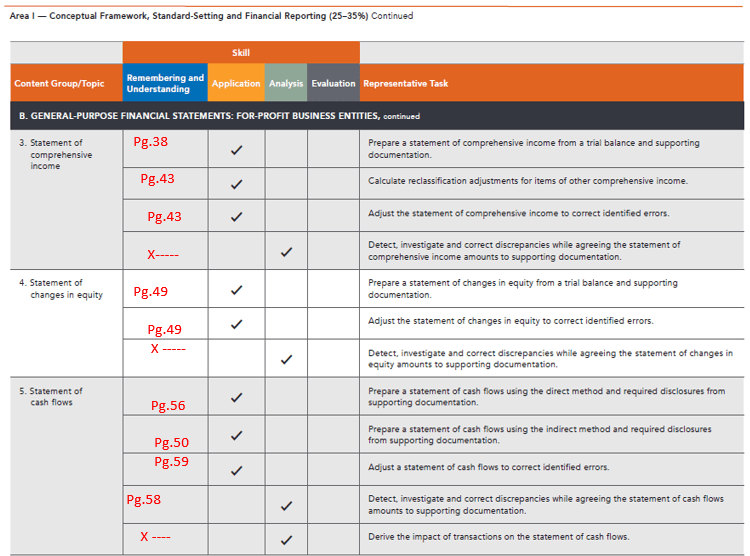The debit entry increases the asset balance and the credit entry increases the notes payable liability balance by the same amount. Similarly, another step of an accounting cycle is to prepare financial statements. All financial statements whether a balance sheet, income statement or a cash flow statement use the double-entry system for efficiency and accuracy of financial transactions recorded. Double-entry bookkeeping is an accounting method where each transaction is recorded in 2 or more accounts using debits and credits. A debit is made in at least one account and a credit is made in at least one other account. In the double-entry system, transactions are recorded in terms of debits and credits.

Double-entry and single-entry bookkeeping are both practices used in accounting to record transactions and keep the company’s accounts up to date in the trial balance. Double-entry accounting refers to how business transactions are recorded in both debits and credits as separate accounts in the accounting ledger. In other words, double-entry accounting refers to a What Is Double-Entry Bookkeeping? system where every transaction is recorded twice in the books of the company. This approach creates a clear distinction between the two sides of a transaction, which is essential for establishing a solid accounting system for business reporting, tax compliance and analysis. Double-entry accounting is one of the oldest methods of recording business transactions.
Asset Account
There are recorded instances of double-entry bookkeeping from as far back as 70 A.D. Double-entry is composed of 3 main parts, namely the debit, journal, and credit. The simple table above shows us that there was one transaction made by Company A, however as the new vehicle was bought for cash, there were two corresponding entries.
- You buy a new office chair with your credit card, which has a balance of $2,000 at the time of purchase.
- For a company keeping accurate accounts, every single business transaction will be represented in at least of its two accounts.
- A given company can add accounts and tailor them to more specifically reflect the company’s operations, accounting, and reporting needs.
- Similarly, another step of an accounting cycle is to prepare financial statements.
- Business owners must understand this concept to manage their accounting process and to analyze financial results.
This system is a more accurate and complete way to keep track of the company’s financial health and how fast it’s growing. There are several different types of accounts that are used widely in accounting – the most common ones being asset, liability, capital, expense, and income accounts. The liabilities account shows all the amounts owed by the company to another corporation. As a company borrows cash and buys goods and services on credit, the liabilities increase.
Double Entry Keeps the Accounting Equation in Balance
In accounts, debit refers to an entry on the left side of the accounting ledger, and credit is defined as an entry that is recorded on the right side of the account. The total of both, debit and credit, must be equal for a transaction to be considered “balanced”. Accounting software usually produces several different types of financial and accounting reports in addition to the balance sheet, income statement, and statement of cash flows.
Double-entry bookkeeping was developed in the mercantile period of Europe to help rationalize commercial transactions and make trade more efficient. It also helped merchants and bankers understand their costs and profits. Some thinkers have argued that double-entry accounting was a key calculative technology responsible for the birth of capitalism.
Example 3: Paying for Business Expenses
Additionally, the balance sheet, where assets minus liabilities equals equity, must also be balanced. The examples below will clarify the rules for double-entry bookkeeping. In accounting, a debit refers to an entry on the left side of an account ledger, and credit refers to an entry on the right side of an account ledger.

The purpose of double-entry bookkeeping is to allow the detection of financial errors and fraud. At the end of each month and year, accountants post adjusting entries to the trial balance and use the adjusted trial balance to generate financial statements. Accounting software provides controls to ensure your trial balance is accurate. The software will ensure that the total dollar amount of debits equals the credit balance and that each account balance is in your trial balance report. At any point in time, an accountant can produce a trial balance, which is a listing of each account and its current balance.
This article compares single and double-entry bookkeeping and explains the pros and cons of both systems. Adam Hayes, Ph.D., CFA, is a financial writer with 15+ https://accounting-services.net/deferred-tax/ years Wall Street experience as a derivatives trader. Besides his extensive derivative trading expertise, Adam is an expert in economics and behavioral finance.
